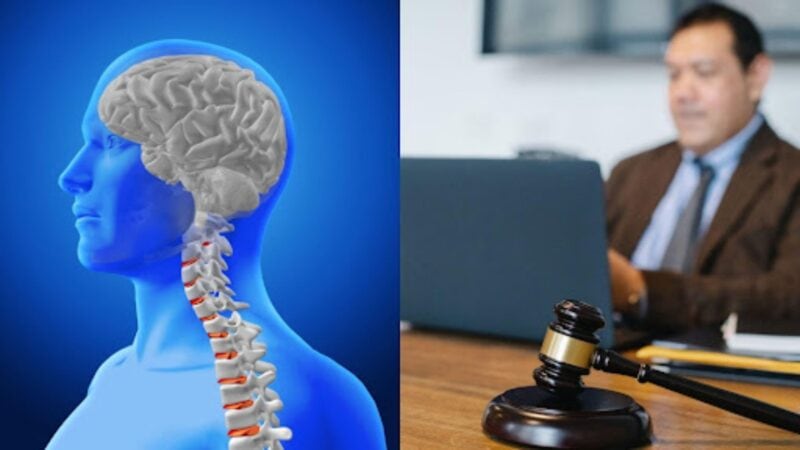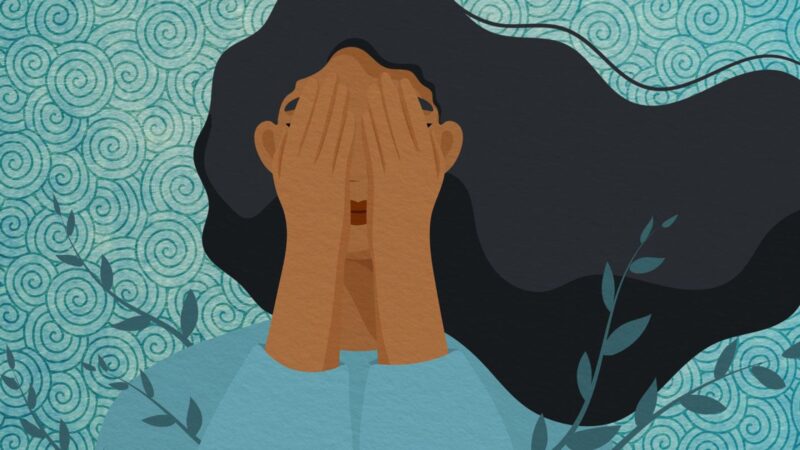Grounding Techniques to Cope With Trauma
Serious trauma can have dozens of negative effects on a person. These include things like feeling exhausted for no reason, feeling confused, sad, anxious, agitated, or numb inside. Another effect of trauma is something known as disassociation. This is a serious psychological condition and can have many negative consequences in your life.
Disassociation can basically be described as when your mind breaks with reality. When dissociating, you become completely disconnected from your surroundings. This process affects your thoughts, feelings, and also memories. You may also find that your sense of identity and perception of time is affected as well. Some people even feel a sense of amnesia where they experience memory loss and have no idea what happened during the dissociative episode says Johnny K – owner of True Life Recovery mental health treatment center in Orange County, California. Other symptoms include something known as depersonalisation, which is a feeling of being disconnected from your body, and also derealisation, which is where you feel disconnected from the world around you.
Constant racing thoughts and the inability to stop thinking is another sign of disassociation. You may also experience something known as maladaptive daydreaming. This basically means that you cannot stop daydreaming and find yourself completely sucked into the fantasy world inside of your head. When daydreaming you may experience negative thoughts, images, or memories of past abuse.
These symptoms can last for seconds, minutes, or even hours. In severe cases you may even find yourself disassociating for days and weeks. If this happens then you may even need treatment to solve this problem.
In order to overcome dissociation and the negative effects of trauma you have to learn how to ground yourself. But what does this mean? Basically, grounding means bringing yourself back into the real world. It means getting back in touch with all of your senses and stopping the process of disassociation. To help you with this here are several grounding techniques which can help people cope with trauma. These techniques will assist people with anxiety and PTSD get back to normal.
1. Breathe Deeply
Breathing will help to focus your mind on the world around you. Sit quietly and concentrate on the breath flowing in and out of your body and how it feels. By focusing on your breath you take away focus from what’s going on in your mind. Breathing deeply also helps you relax, calm down and deal with negative emotions.
2. Take a Walk
Physical exercise is another great way to stop dissociating. When doing this it’s important that you focus on your steps. By concentrating on your steps you should be able to take control of your mind. It may also help to focus on your breathing and connect your breathing to walking. When doing this you want to breathe in or out for a certain amount of steps. For example, breathe in for two steps and out for the next two steps. This is a deeply meditative experience which helps you get back to normal quickly.
3. Hold a Piece Of Ice
Go to your fridge and take out a block of ice. Hold this in your closed fist for as long as you can. What you’ll soon notice is that this is extremely difficult. It’s also an incredibly painful experience. These sensations of pain will take you out of your head and wake you up. You’ll be too focused on the pain of the holding the ice to be fixated with what’s going on in your mind. Concentrate on these feelings of pain. Notice how long it takes the ice to start melting and the sensation of holding the ice.
4. Use Aromatherapy
Smell is one of our most powerful senses. What this means is that you can use aromatherapy to put an end to disassociation. By inhaling a strong scent you’ll find that you immediately focus back on the world around you. There are many ways to do this. You can buy incense sticks or use essential oils. Also try herbal teas, herbs, spices, scented candles or soaps. Find a fragrance that appeals to you, then inhale it slowly and deeply, while focusing on the qualities of the scent.
5. Listen To The Outside
Hearing is our second most powerful sense. By focusing on the sounds that surround you, attention is drawn away from your head. Wherever you are, simply sit and listen to the ambient noise. Focus on what you’re hearing. This could be birds, traffic, or the voices of other people. Music is another great way to end disassociation. Listen to music, and focus intensely on every part of that music. Concentrate deeply on the lyrics, notes, and rhythms of the song.
6. Move Around
One of the symptoms of disassociation is that it divorces you from your body. What this means is that you lose touch with your body and how you feel. When this happens your body goes completely still and all of your focus goes into your head. To stop this you need to make contact with your body again. You can do this by moving your body around. When moving you’re forced to focus on what you’re doing, and this takes the focus away from your mind. There are many ways to do this. You can walk up or down, do some type of exercise like push-ups, jumping jacks, or squats. Stretching exercises also help, and you may also want to learn a yoga routine. When moving around pay attention to how your body feels and the sensations you’re experiencing. For example, notice how the carpet feels against your hands or feet.
7. Use Your Mind
If none of these physical methods work then use your mind. This can help you avoid any negative images or thoughts which you may be experiencing. There are dozens of ways to do this. one way is to play memory games. Look around your room for several minutes, then close your eyes and try to recreate the scene. Try to remember all of the objects you saw. Maths can also be used. Go through times tables and see how high you can go, multiply, add or subtract numbers. You can also count backwards from 100 or even 1000.

Deepa Mahar is an independent blogger and admin of DeepAdvices who is exploring the beauty of the blog writing from a variety of subjects and books to health, science and others. She believes the blog would be helpful to the reader in the context of knowledge. She is post-graduated with a degree of Biotechnology.





